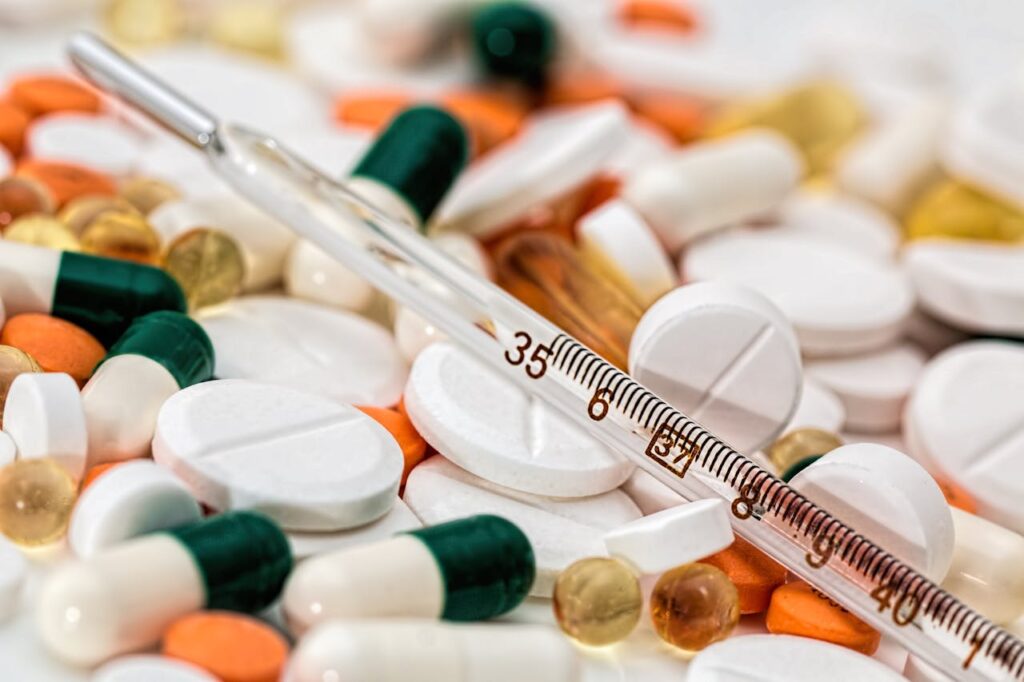The pharmaceutical industry has always been a sector that has seen a significant amount of merger and acquisition (M&A) activity.
The industry has experienced a large number of significant deals over the years, with some of the biggest players in the market merging in an attempt to gain a stronger foothold on the market. Even in the face of challenges and headwinds, the industry is expected to continue to see a healthy level of M&A activity.
In recent years, the pharmaceutical industry has faced a variety of shifts and changes that have had a considerable impact on M&A activity.
Some of the significant trends that have affected M&A in the pharmaceutical industry include increasing competition, greater pressure from governments and regulators, and the rise of digital technologies.
The Biggest Drivers of M&A Activities
One of the biggest drivers of M&A activity in the pharmaceutical industry is the need to stay competitive. As the industry has become increasingly crowded with new players and expanding product lines, companies have found it increasingly challenging to remain innovative and relevant.
The need for innovation has driven many companies to seek acquisitions that can help them remain competitive in a rapidly changing market.
Another significant factor driving M&A activity in the pharmaceutical industry is the increasingly stringent regulations that companies face.
Compliance with the Law
In recent years, regulators have become more focused on ensuring that pharmaceutical companies are operating in compliance with the law and taking a proactive approach to developing and marketing new drugs. This has led to a greater focus on data and analytics in the industry, which has made it more difficult for smaller players to remain competitive.
Companies are now looking more frequently to mergers and acquisitions as a way to gain the necessary scale to remain compliant and competitive in a market that is becoming increasingly difficult to navigate.
Digital Technologies
In addition to these challenges, the rise of digital technologies has also had a significant impact on M&A activity in the pharmaceutical industry. As digital technologies have become more widespread and important in the industry, many companies have sought acquisitions that can help them gain an edge in this area.
This has led to the emergence of a new breed of digital players in the industry, which are challenging the traditional pharmaceutical companies and forcing them to rethink their approach to innovation and development.
Despite these challenges, the pharmaceutical industry is still expected to see a healthy level of M&A activity in the coming years. The healthcare industry is expected to rebound quickly, and mergers and acquisitions in the industry are likely to pick up due to factors such as well-capitalized companies making acquisitions in their core businesses and financial sponsors.
Innovation
One of the significant drivers of M&A activity in the industry is the search for innovation. As pharmaceutical companies look to stay relevant and competitive, they are increasingly seeking to acquire companies that are developing new and innovative products or technologies.
This has led to a significant amount of M&A activity in areas such as biotechnology and gene therapy, which are seen as offering promising opportunities for growth and development in the industry.
Diversification
Another significant factor driving M&A activity in the pharmaceutical industry is the need to diversify.
As the industry becomes increasingly competitive, companies are seeking to expand their product lines and diversify their portfolios in an attempt to mitigate risk and ensure long-term growth.
This has led to a number of high-profile mergers and acquisitions in recent years, with companies such as Pfizer, Novartis, and Johnson & Johnson all making significant acquisitions to expand their product portfolios and diversify their offerings.
High Cost of Bringing new Drugs to Market
In addition to these drivers of M&A activity, there are also a number of challenges and risks that companies face when pursuing mergers and acquisitions in the pharmaceutical industry. One of the biggest challenges is the high cost of bringing new drugs to market, which can make it difficult for smaller companies to compete. This has led to a consolidation of the industry, as larger companies look to acquire smaller players in an attempt to gain access to promising new drugs or technologies.
Regulation
Another challenge that companies face when pursuing mergers and acquisitions in the pharmaceutical industry is the regulatory environment.
The industry is heavily regulated, and companies must navigate a complex web of regulations and requirements when developing new drugs or bringing new products to market.
This can make it difficult to conduct due diligence and integrate acquired companies into existing operations, which can lead to delays or even the failure of the acquisition.
M&A activities of Pharmaceutical industry in the Future
Despite these challenges and risks, the pharmaceutical industry is expected to continue to see a healthy level of M&A activity in the coming years.
As the industry becomes increasingly competitive and regulated, companies will need to seek out new opportunities for growth and development, and mergers and acquisitions will remain a key tool in their arsenal.
Overall, the current M&A activity in the pharmaceutical industry reflects the challenges and opportunities that the industry is facing. As companies seek to remain competitive and innovative in a rapidly changing market, we can expect to see further consolidation and diversification through mergers and acquisitions.
While there are risks and challenges associated with this approach, companies that can successfully navigate these obstacles stand to gain a significant advantage in a market that is becoming increasingly crowded and complex.

